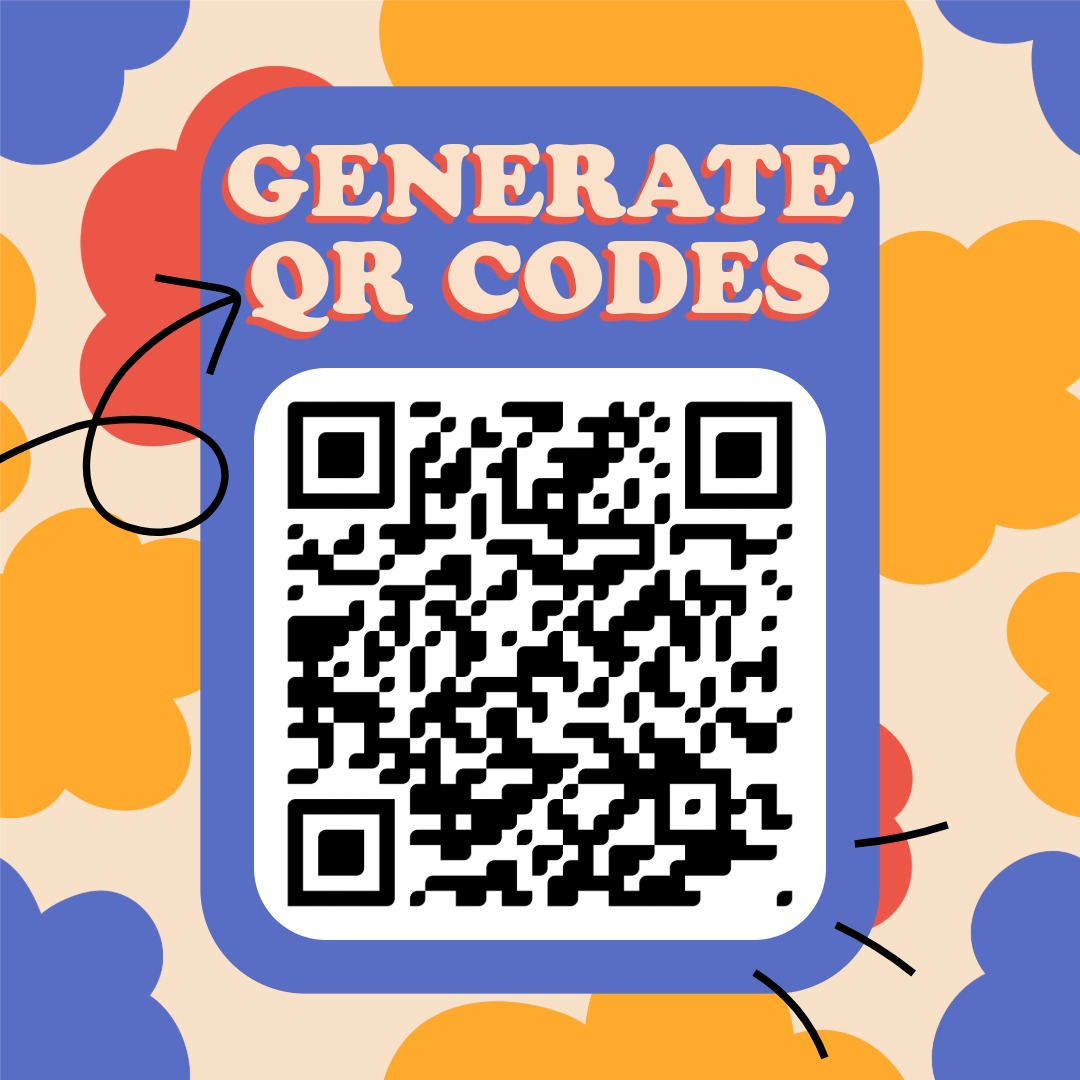Reflexive Relation
A relation is reflexive if every element is related to itself.
In other words: every element includes itself. Thus, pairs like (1,1), (2,2), (3,3), and so on are always in the relation.
Examples of Reflexive Relations
- The "=" relation is reflexive because every number equals itself (e.g., 5 = 5).
- The "≤" relation is reflexive because every number is less than or equal to itself (e.g., 7 ≤ 7).
Counterexamples (Non-Reflexive Relations)
- The "<" relation is not reflexive because a number is never less than itself.
- The divisibility relation is not reflexive if the set includes 0, since 0 does not divide itself.
Summary
The essence of a reflexive relation is that every element is related to itself. If any element is missing the (a,a) pair from the relation, it is no longer reflexive.
Practice Exercise
We have reviewed and checked the materials, but errors may still occur. The content is provided for educational purposes only, so use it at your own responsibility and verify with other sources if needed.
✨ Ask Lara — your AI study partner
Unlock personalized learning support. Lara can explain lessons, summarize topics, and answer your study questions — available from the Go plan and above.
Lara helps you learn faster — exclusive to ReadyTools Go, Plus, and Max members.


